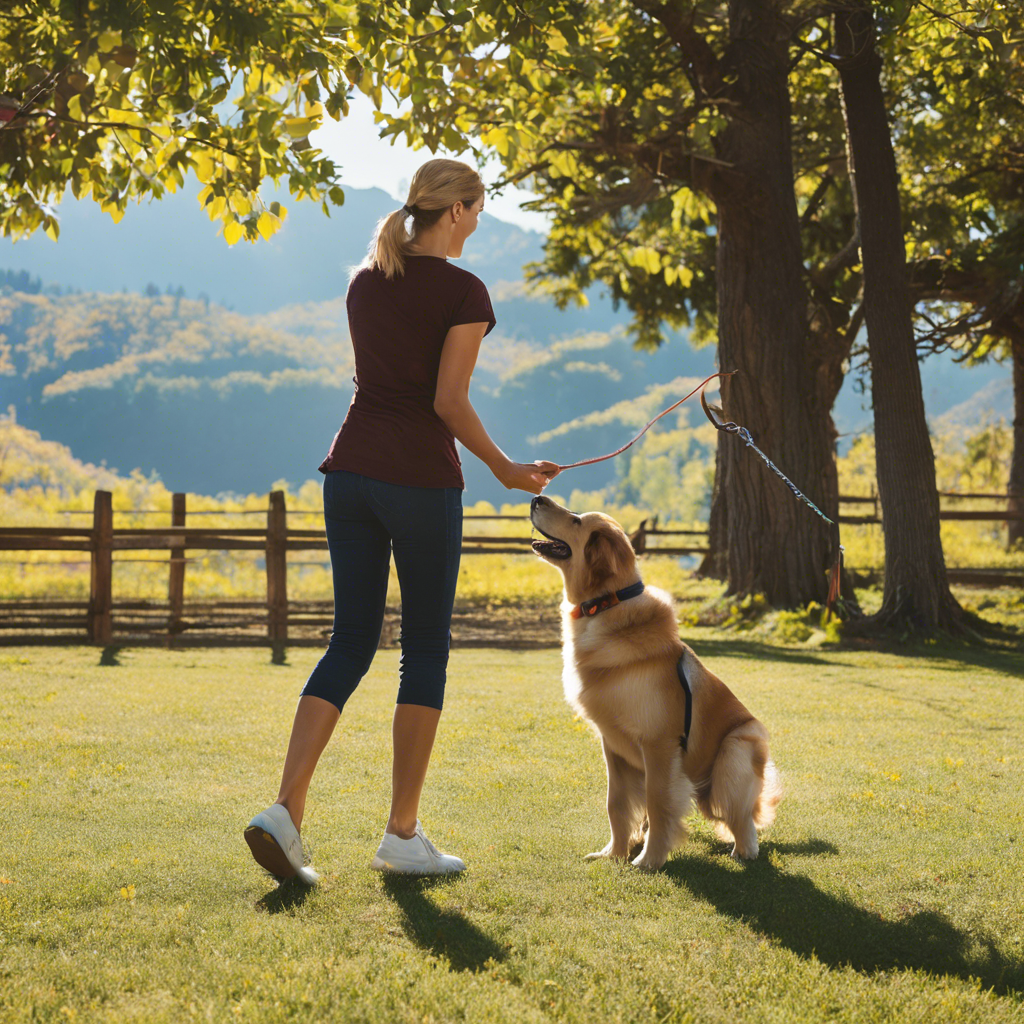# The Basics of Positive Reinforcement in Dog Training
Training your dog is an essential part of responsible pet ownership, and positive reinforcement is a widely recognized and effective training method. This approach focuses on rewarding desired behaviors, fostering a strong bond between you and your furry friend, and making the learning process enjoyable for both of you. Let’s dive into the fundamentals of positive reinforcement training and how you can apply it to your dog’s education.
**Understanding Positive Reinforcement**
At its core, positive reinforcement is a simple concept: when your dog performs a desired behavior, you immediately provide a reward to reinforce that action. This reward can be treats, praise, or anything your dog finds valuable. The key is timing—rewarding immediately after the behavior ensures your dog associates the action with the consequence. Over time, your dog will learn that specific behaviors lead to positive outcomes, making them more likely to repeat those actions.
Positive reinforcement is not only about giving rewards but also about creating a positive and encouraging environment for learning. This method is based on the idea that dogs (and indeed, most animals) are more likely to engage in behaviors that have positive outcomes and avoid behaviors with negative consequences. By focusing on the positive, you can build a strong foundation of trust and communication with your dog.
**Getting Started with Positive Reinforcement Training**
Before beginning your training sessions, it’s crucial to have the right tools at hand. Treats are the most common reward, so choose small, soft treats that your dog loves and can quickly consume. You want to ensure that the reward is something your dog finds highly desirable, as this will make the training process more effective.
In addition to treats, consider using a clicker, a small device that makes a distinct sound when pressed. The clicker is used to mark the exact moment your dog performs the desired behavior, and it becomes a powerful signal for your dog to associate with the reward. The use of a clicker is optional but can greatly enhance the precision of your timing, which is crucial in positive reinforcement training.
**Training Sessions: Short, Frequent, and Fun**
Effective training requires consistency and repetition. Aim for multiple short training sessions throughout the day, each lasting around 5-10 minutes. Dogs have short attention spans, and brief sessions keep them engaged and eager to learn.
During these sessions, focus on one command or behavior at a time. For example, start with ‘sit’ and work on that until your dog reliably responds to the command. Once your dog masters one command, you can introduce others, gradually expanding their repertoire.
Make the training enjoyable for your dog (and you!) by keeping the atmosphere light and fun. Use a cheerful tone of voice, and don’t forget to lavish praise on your dog when they respond correctly. The more positive the experience, the more enthusiastic your dog will be about training.
**The Mechanics of Positive Reinforcement**
Here’s a step-by-step process to implement positive reinforcement effectively:
1. **Command and Cue:** Give a clear and concise command, such as “sit.” Simultaneously, use a hand signal or body language cue, as dogs respond well to visual indicators.
2. **Wait for the Behavior:** Give your dog a few seconds to respond. If they perform the desired behavior, move to the next step. If not, gently guide them into the correct position and then reward.
3. **Mark and Reward:** As soon as your dog performs the correct behavior, use your clicker (if you’re using one) or a marker word like “yes” to signal the exact moment they got it right. Then, immediately provide the treat and praise.
4. **Repeat and Fade:** Repeat this process several times in each training session. Over time, you can start to reduce the number of treats given for each correct response, gradually replacing them with praise and affection.
5. **Generalize the Behavior:** Practice the command in different locations and under various circumstances to ensure your dog understands the behavior in all contexts.
**Common Misconceptions and Tips**
– **Timing is Everything:** The timing of the reward is critical. If you don’t reward immediately after the desired behavior, your dog may not make the connection.
– **Patience and Consistency:** Training takes time and consistency. Be patient, and stick to your training routine. Dogs learn at different paces, so don’t compare your progress to others.
– **Keep Sessions Positive:** Never punish your dog for not performing. Focus on rewarding the behaviors you want to encourage, and your dog will naturally gravitate towards them.
In the world of dog training, positive reinforcement stands out as a humane, effective, and enjoyable approach. By using rewards and a supportive environment, you can teach your dog a wide range of commands and behaviors. Remember, consistency, patience, and a positive attitude are the keys to success in positive reinforcement training. Get ready to witness the incredible bond you can build with your dog through this powerful training method!
Stay tuned for future articles where we’ll explore more advanced training techniques and delve into specific behaviors you can teach your dog using positive reinforcement. Happy training!

